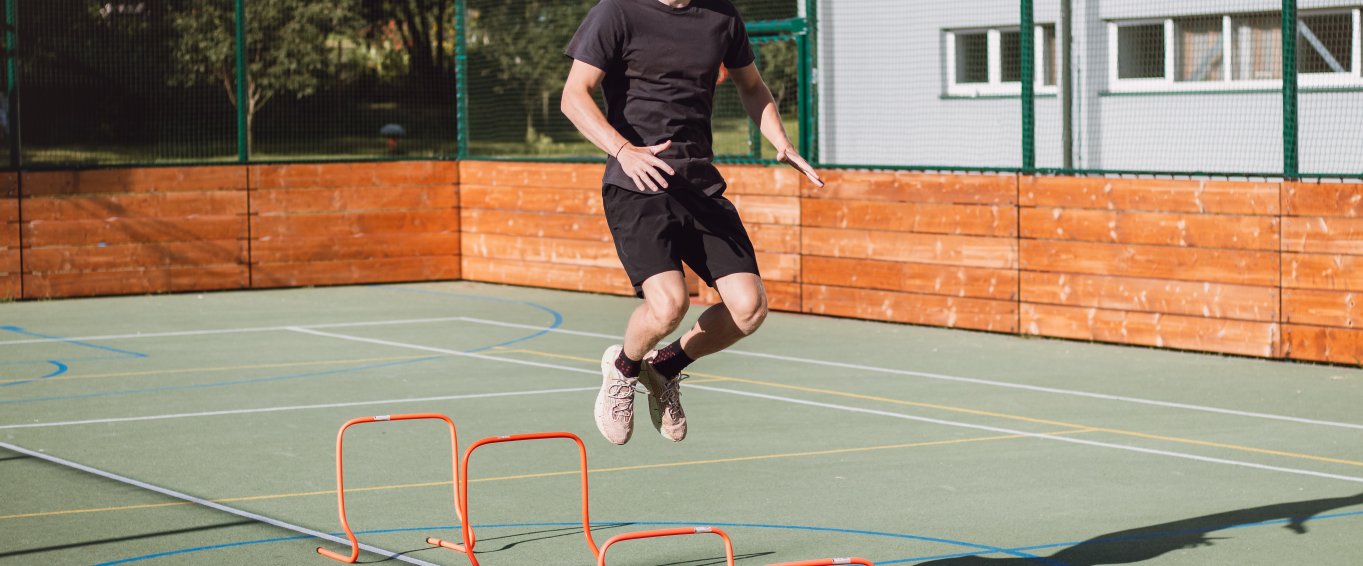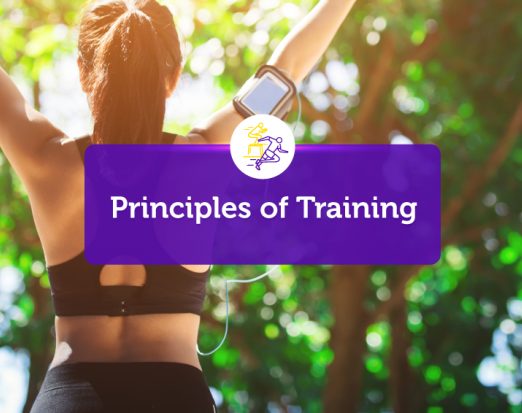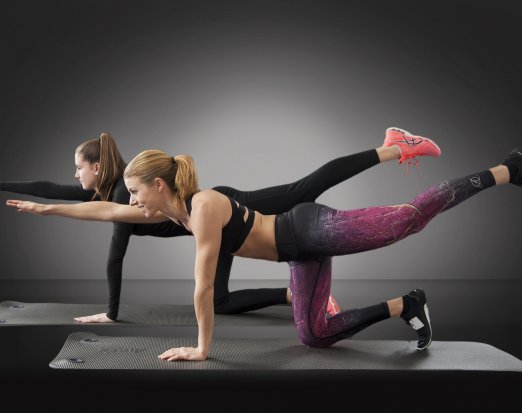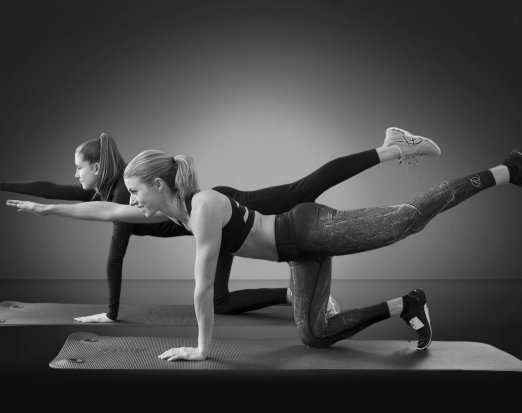The Benefits to Plyometric Training

Training is very rarely exclusive to one type of component of fitness, for example, athletes that attempt to become stronger may find that they also become quicker or more powerful as a result. Those that are training for power, may become more agile and/or faster. The point is training is very rarely exclusive and strength and conditioning will have multiple benefits to the athlete.
This should be great news for all athletes looking to improve their performance as this can make training far more efficient and effective. Over our recent series of blogs, we have considered multiple components of fitness, along with explaining LTAD, Periodisation and Principles of Training and a certain activity or training mode keeps cropping up…. plyometrics.
Plyometrics is a type of training or training mode that usually requires the athlete to practice jumps, hops, bounds and skips, which are all performed dynamically.
These types of movements require the muscles to enter a stretch-shortening cycle. This stretch-shortening cycle allows the muscles to generate more force in a shorter amount of time, giving the benefits of jumping higher, running faster and turning more quickly.
What is a Stretch-Shortening Cycle?
The best way to describe the stretch-shortening cycle, is to use an analogue of a ball. Holding a ball, let’s say a football and chest height. If you drop the football, the football will hit the ground and bounce off the ground. Through plyometric training we can teach our muscles, tendons and nervous system to act like a ball bouncing off the ground.
Let’s consider hops or repeated jumps and the muscles involved throughout the movement. First of all, the hops and repeated jumps are performed dynamically, and just like dropping the football, the body will fall to the ground.
As the feet make contact with the ground, sometimes even before, the muscles will pre-activate, so that the muscles and tendons can bounce off the ground as quickly as possible.
Research shows that athletes who practice and develops the SSC will jump 2-4 cm higher than a movement which doesn’t recruit the SSC, like a squat jump. Highlighting that it is this SSC that allows the athlete to generate more force.
As with any type of movement, or component of fitness, it becomes more efficient with training, and this is where plyometrics comes in!
Benefits to Plyometrics
Plyometrics can make this cycle more efficient, and overtime can help increase force production by the athlete in the muscles, this is important for ‘fitness’ and sports performance. Before we really go into the benefits, remember how we started this blog… training is very rarely exclusive. Working the muscles through this cycle during plyometric training will have benefits in Strength, Power, Speed and Agility.
Developing Strength
There is a need to add resistance as this stimulates further neuromuscular adaptations which allow specific hormones to help the nervous system generate increased force/strength levels through activities such as plyometrics. As with all training, over time and in reaction to correct stimuli, muscular adaptations will occur resulting in increased levels of base strength which can provide an excellent foundation for sports performance.
Developing Power
Before athletes develop their power, it is important that they have a strong foundation to begin with, as we know, plyometrics can support with the development of strength, however, when specifically training for power, athletes are encouraged to make explosive movements. Plyometric training can be the perfect training to make these explosive movements. The stretch-shortening cycle supports the production of force, which in turn can be used in powerful movements.
Developing Speed
Plyometric training drills are performed extremely fast and in an explosive manner. They are designed to continually work the muscles through differing lengths, which will support strength and power development, which in turn will help increase speed, it can also help athletes develop the components of fitness required to develop their agility.
Sports Performance
Developing Strength, Power, Speed and Agility can have a positive impact on sports performance as we have discussed in previous blogs, but this type of training can also have many technical benefits too. Consider the number of times you would run in a football match or a rugby match, how many times that you would jump in a basketball or netball match. How many accelerations and decelerations you would make in game of hockey. All of these movements can be supported by plyometric training.
Younger children should continue with unstructured activity rather than specific plyometric activity. However introducing younger athletes to the skills of running, jumping, hopping and skipping activities may result in similar benefits but will certainly help with skill acquisition and the development of coordination.





